Boa Constrictor (Boa sp.)
Difficulty: Moderate – High
Published: November 3, 2018
Last Updated: November 16, 2023
 Boa constrictors are a medium to large, semi-arboreal genus of snakes native to Central and South America. Like many snakes, this species is surrounded by myths. Although they are often referred to as “boa constrictors”, although this is a bit of a misnomer that references just one of the 3 species:
Boa constrictors are a medium to large, semi-arboreal genus of snakes native to Central and South America. Like many snakes, this species is surrounded by myths. Although they are often referred to as “boa constrictors”, although this is a bit of a misnomer that references just one of the 3 species:
- Boa constrictor amarali
- Boa constrictor constrictor*
- Boa constrictor occidentalis
- Boa constrictor longicauda
- Boa constrictor nebulosa
- Boa constrictor orophias
- Boa constrictor ortonii
- Boa constrictor sabogae
- Boa imperator*
- Boa sigma
The most common subspecies (marked by an asterisk) are known for placid temperaments and tame down easily. All subspecies will be described in further detail in section 2 of this guide: Members of the Boa Genus.
Boas are nocturnal, which means that they are most active at night. Their nightly activity consists mostly of hunting for prey such as birds and small mammals. Because they don’t have hands or arms to help them eat, they use their muscular bodies to squeeze captured prey until it passes out (which is a humane process that occurs within seconds [Boback et al., 2015]).
Depending on the subspecies, boas grow between 5-8’ (1.5-2.4m) long on average. The most growth occurs during their first 6 years of life, but a boa constrictor can keep growing through age 15. Females are generally significantly larger than males, with giants topping out at 10-12’ (3.0-3.7m) long.
With correct care, boas can live for 30 years. There have also been documented cases of boa constrictors which have reached 40. This means that when you take on a pet boa constrictor, you must be in it for the long haul.
Fun Facts
- Unlike most other live-bearing reptiles, boas are viviparous rather than ovoviviparous. This means that instead of developing inside egg-like sacs with yolks inside the mother, young are dependent on their mother for nutrient delivery via placenta, just like mammals.
- Parthenogenesis has been documented in imperator, in which the young receive 100% of their genetics from the mother but are not necessarily her “clones.” (Booth et al., 2010)

Photo contributed by David Watson
Boa Constrictor Care Manual — Table of Contents:
- Introduction to Boa Constrictors
- Members of the Boa Genus
- Boa Constrictor Shopping List — Supplies You Will Need
- How to Select and Buy a Pet Boa
- How Big Should Your Boa’s Enclosure Be?
- Lighting & UVB Requirements
- Temperature Requirements
- Humidity Requirements
- What Kind of Substrate Should You Use?
- Tips for Decorating Your Boa’s Enclosure
- What Do Boa Constrictors Eat?
- How to Handle Your Pet Boa Constrictor
- What to Do When Your Boa Gets Sick
- Additional Resources
